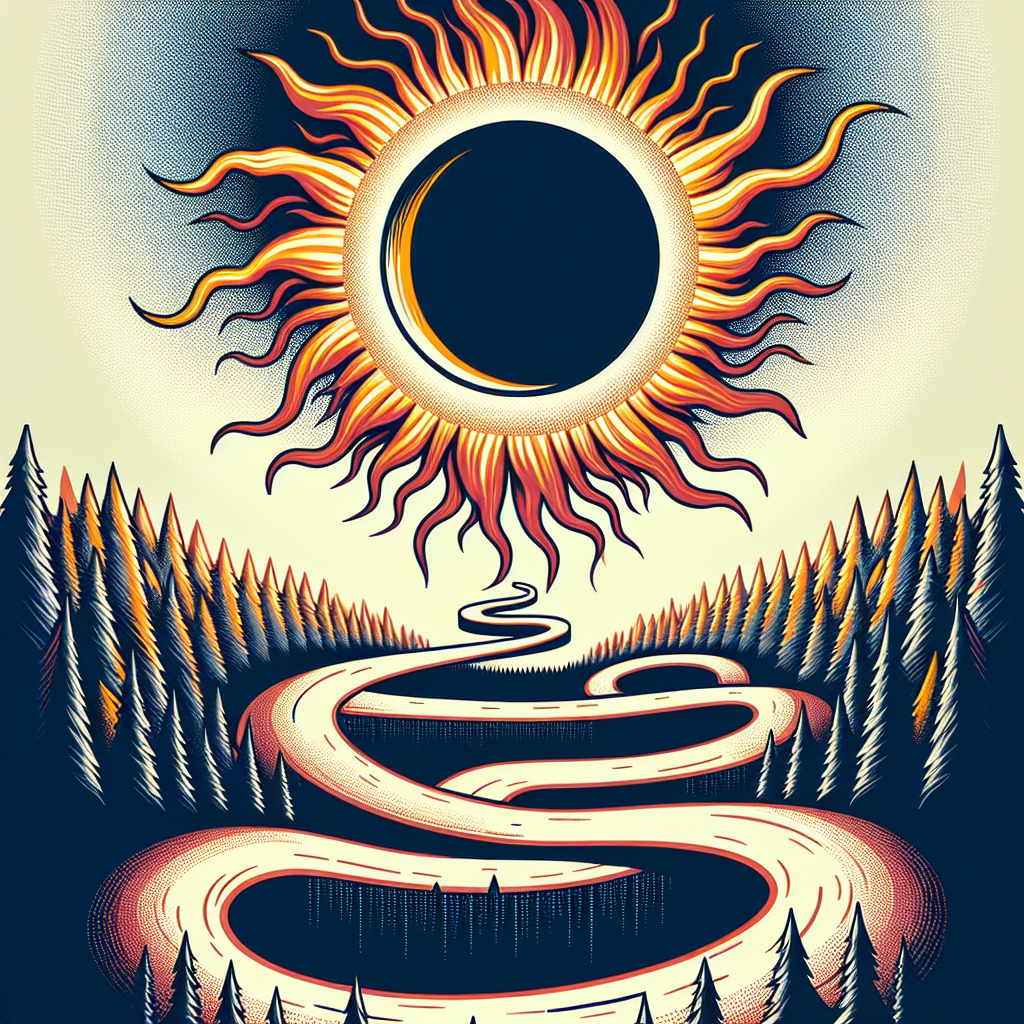On August 21, 2017, millions of people across the United States flocked to witness a once-in-a-lifetime event: a total solar eclipse. The path of totality, where the moon completely blocks out the sun, stretched from the west coast of Oregon to the east coast of South Carolina. However, many eclipse watchers were surprised to find that their path of totality maps were slightly off, leading to some confusion and disappointment.
The path of totality is the narrow strip of land where viewers can witness a total solar eclipse. This phenomenon occurs when the moon passes between the Earth and the sun, casting a shadow that completely blocks out the sun’s light. Outside of the path of totality, viewers will only see a partial eclipse, where the moon covers part of the sun’s disk.
In the weeks leading up to the eclipse, many people meticulously planned their viewing locations based on maps provided by NASA and other expert organizations. These maps showed the path of totality as a straight line, passing directly over certain cities and landmarks. However, on eclipse day, some viewers found that they were not in the expected path of totality, leading to confusion and frustration.
There are several reasons why path of totality maps might be slightly off. First, the Earth’s surface is not perfectly flat, and its curvature can cause the path of totality to bend and shift slightly. Additionally, the moon’s orbit is not perfectly circular, and its position relative to the Earth can vary slightly on eclipse day.
Furthermore, factors such as atmospheric conditions and local topography can affect the path of totality. For example, mountains, valleys, and even buildings can cast shadows that alter the path of totality in certain locations. Additionally, weather patterns such as clouds or haze can obscure the sun during the eclipse, further complicating viewing conditions.
Despite these potential discrepancies, most viewers were still able to witness the awe-inspiring spectacle of a total solar eclipse. And for those who found themselves slightly outside the path of totality, the experience of a partial eclipse was still a sight to behold.
In conclusion, while path of totality maps can provide a general guide for eclipse watchers, it is important to be flexible and prepared for slight variations on eclipse day. By understanding the factors that can affect the path of totality, viewers can better plan their viewing locations and maximize their chances of witnessing this rare and unforgettable event.

